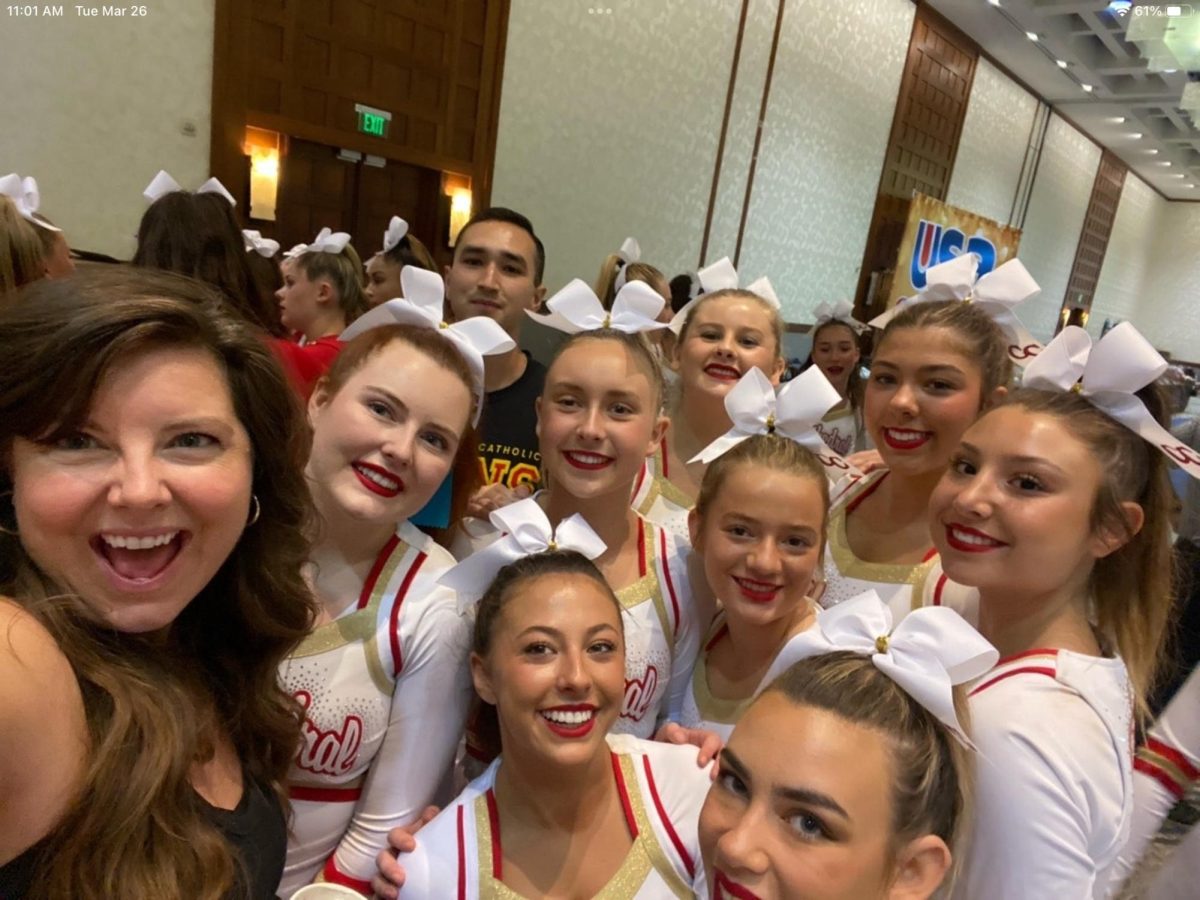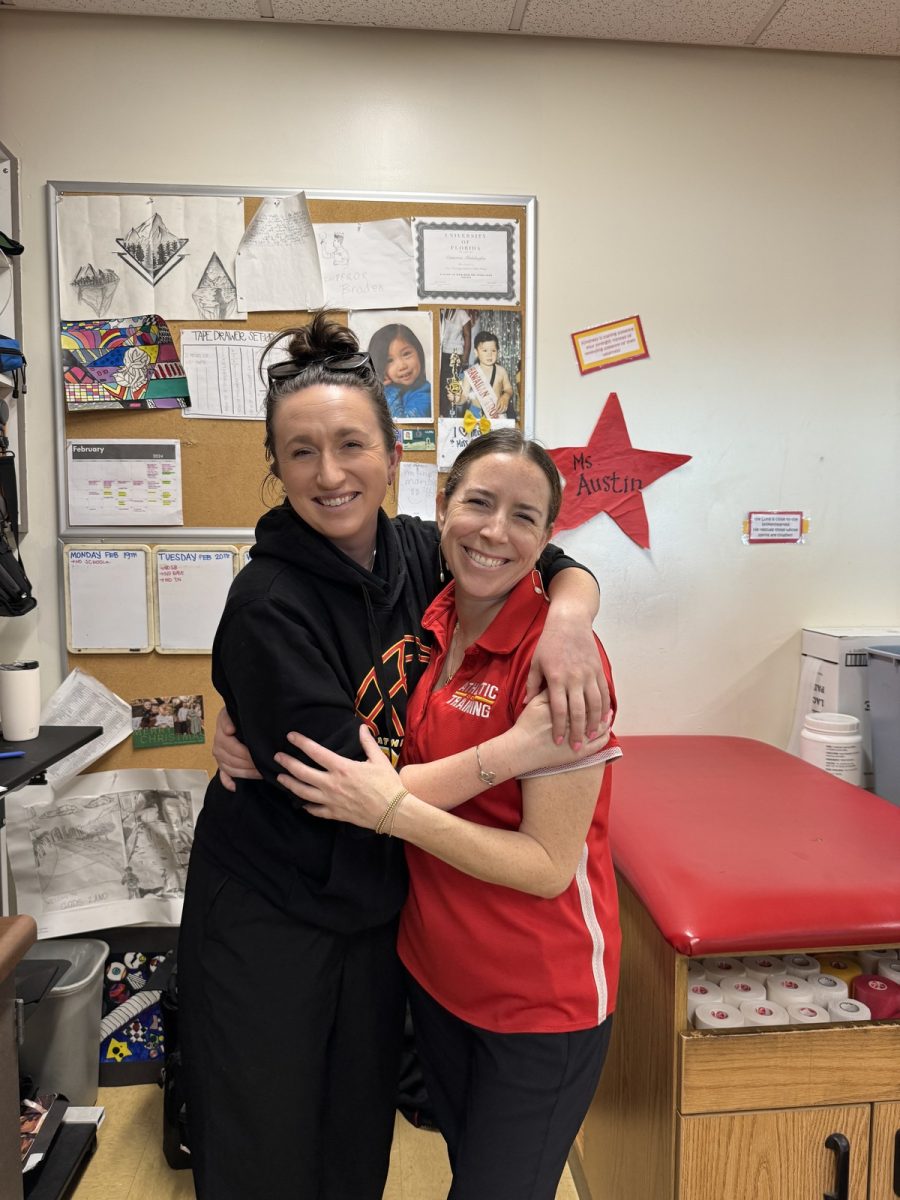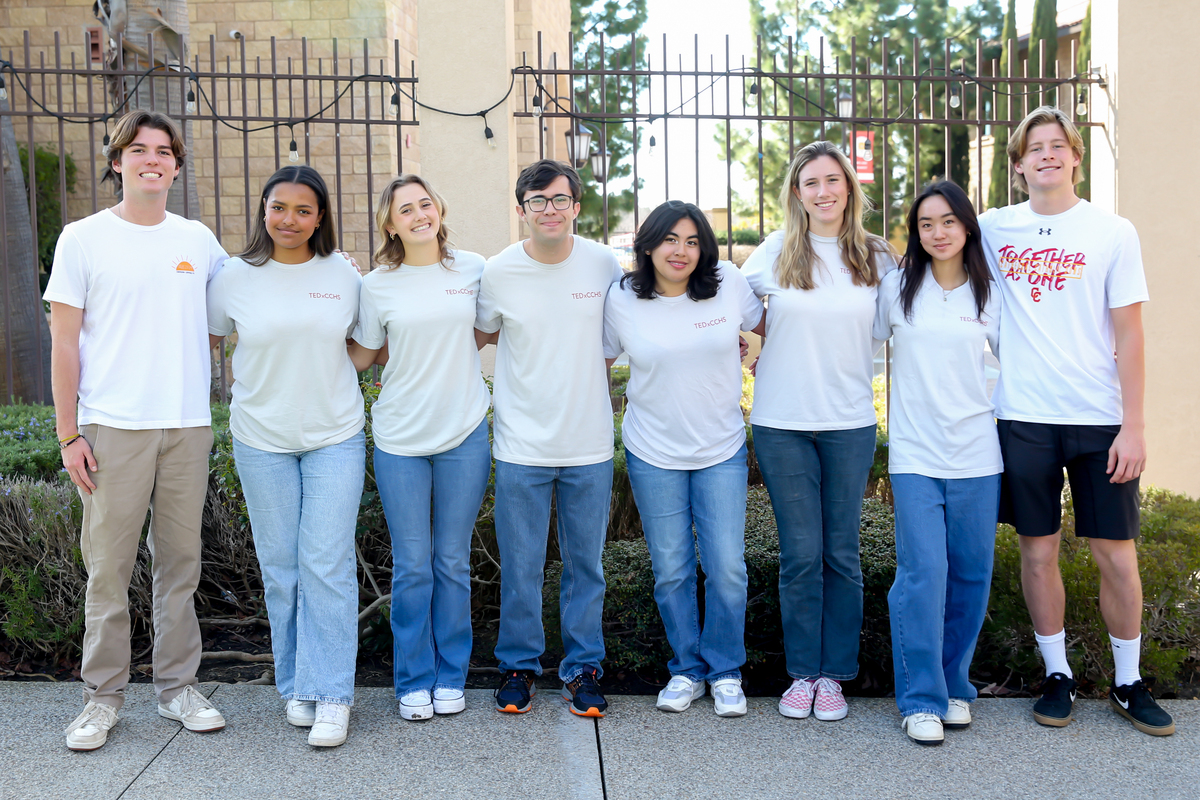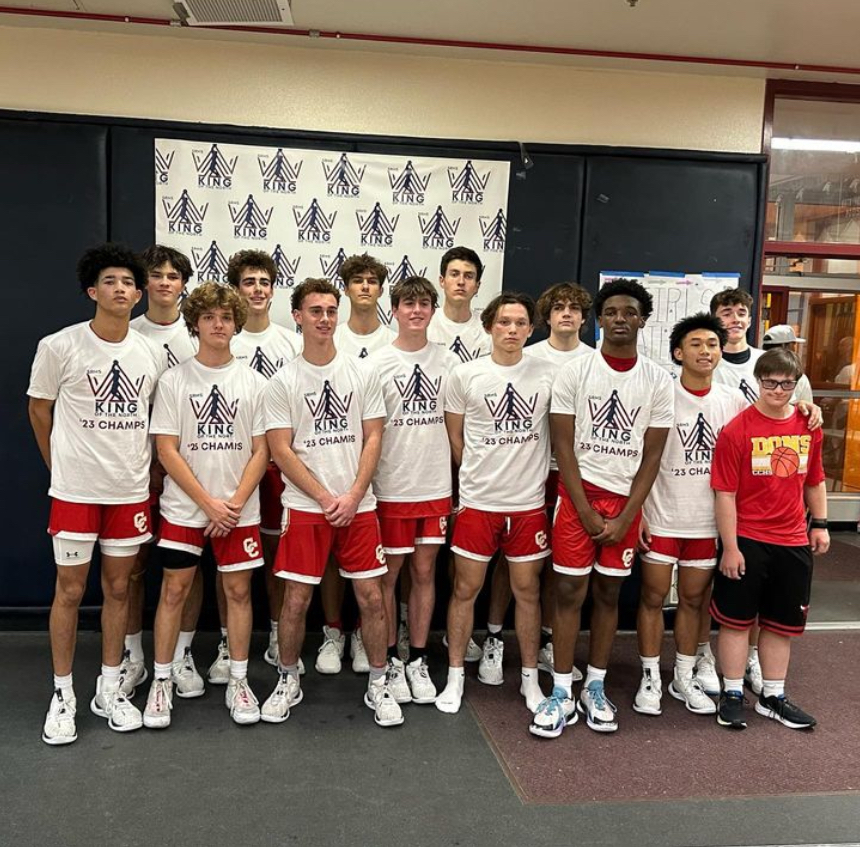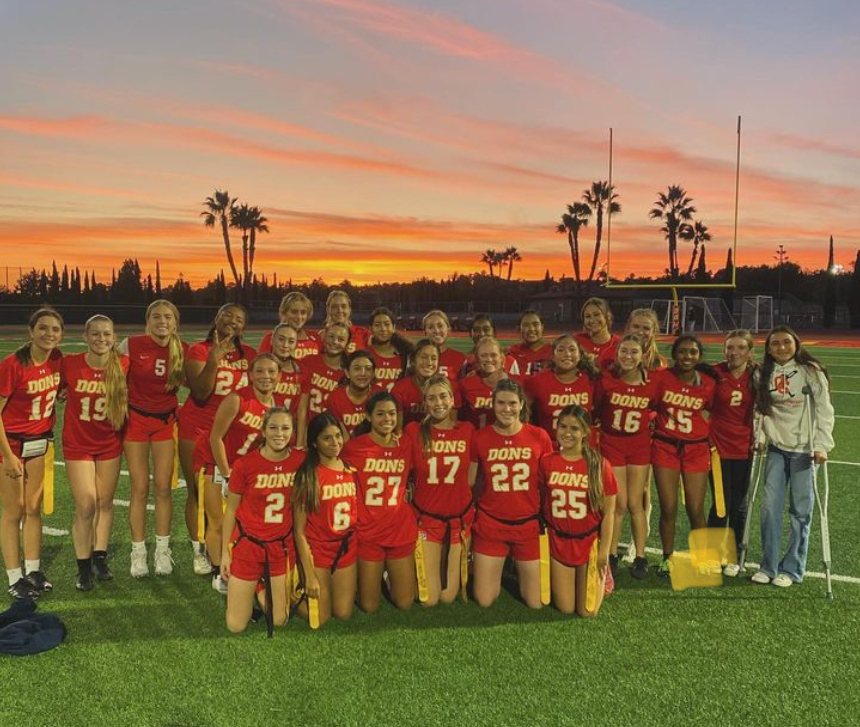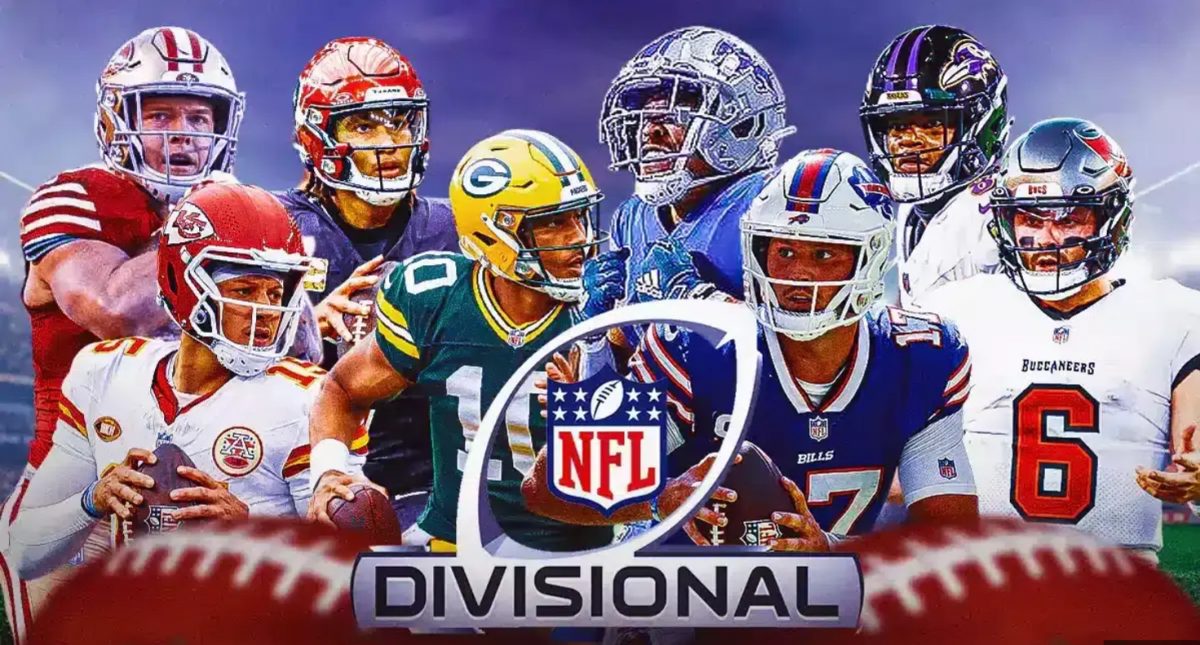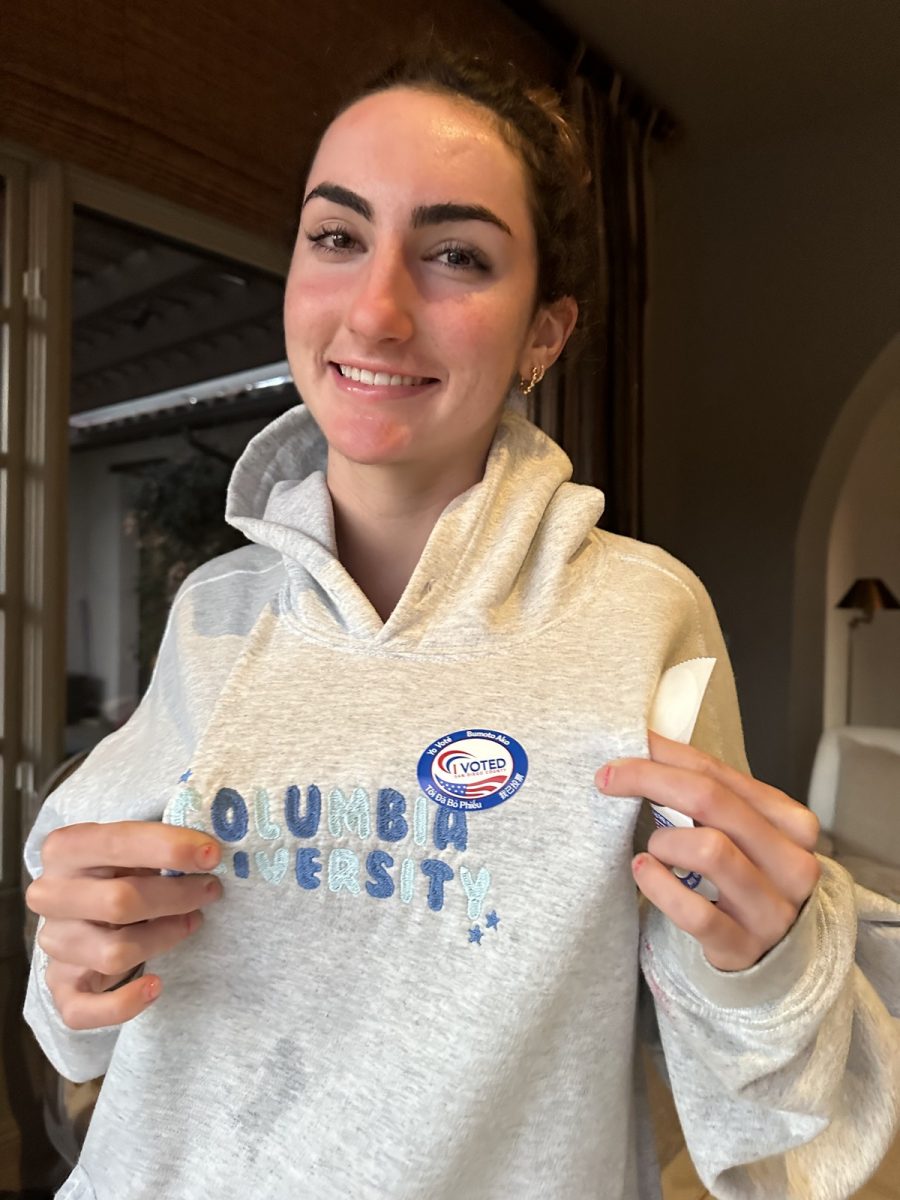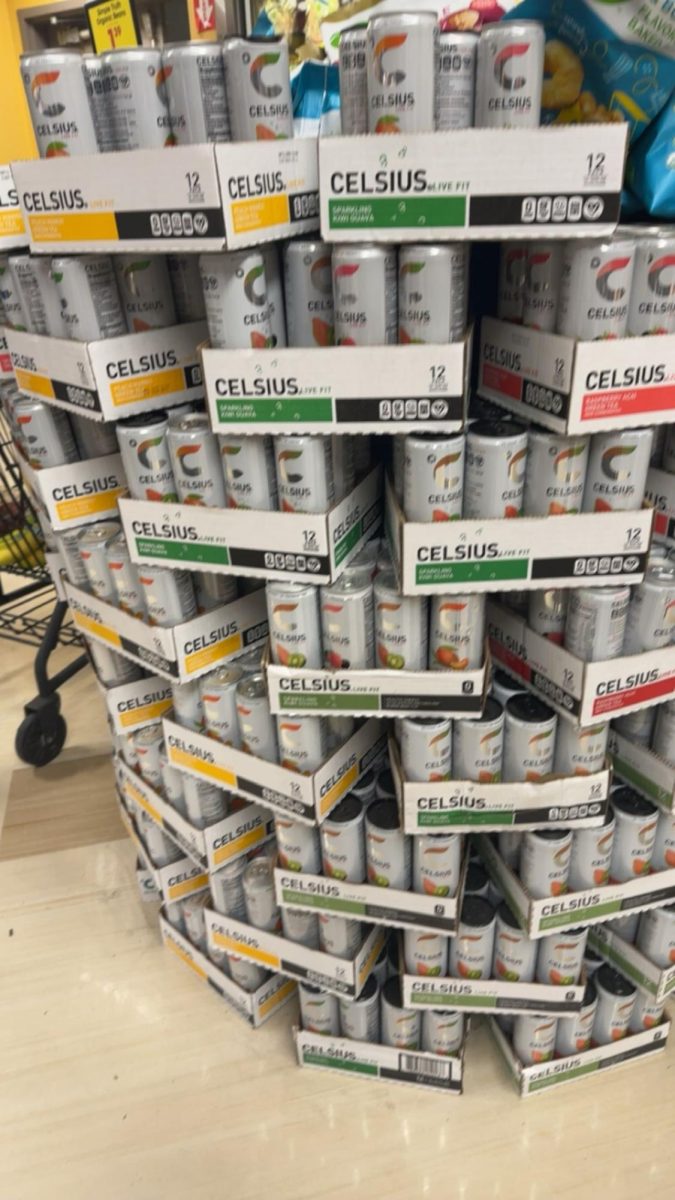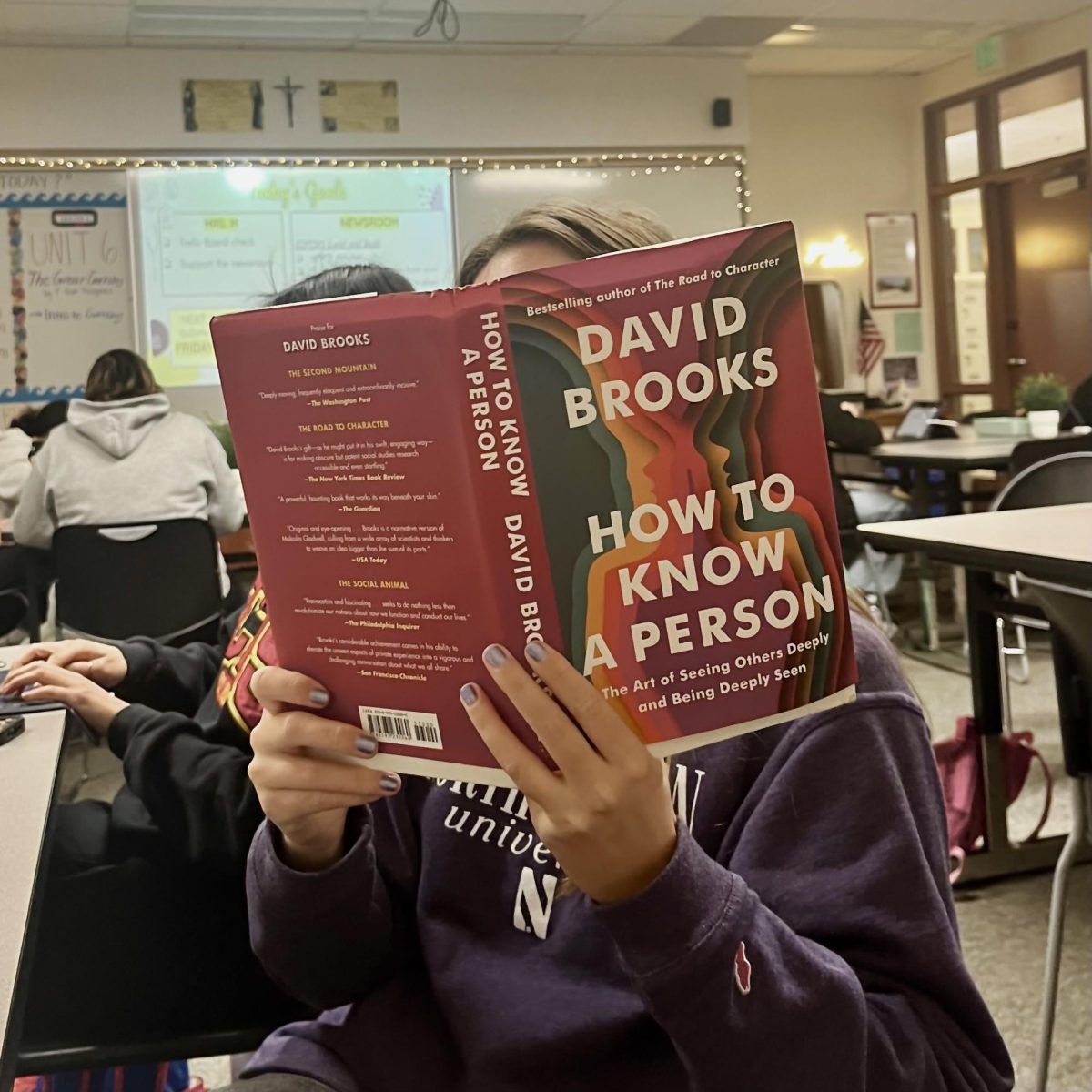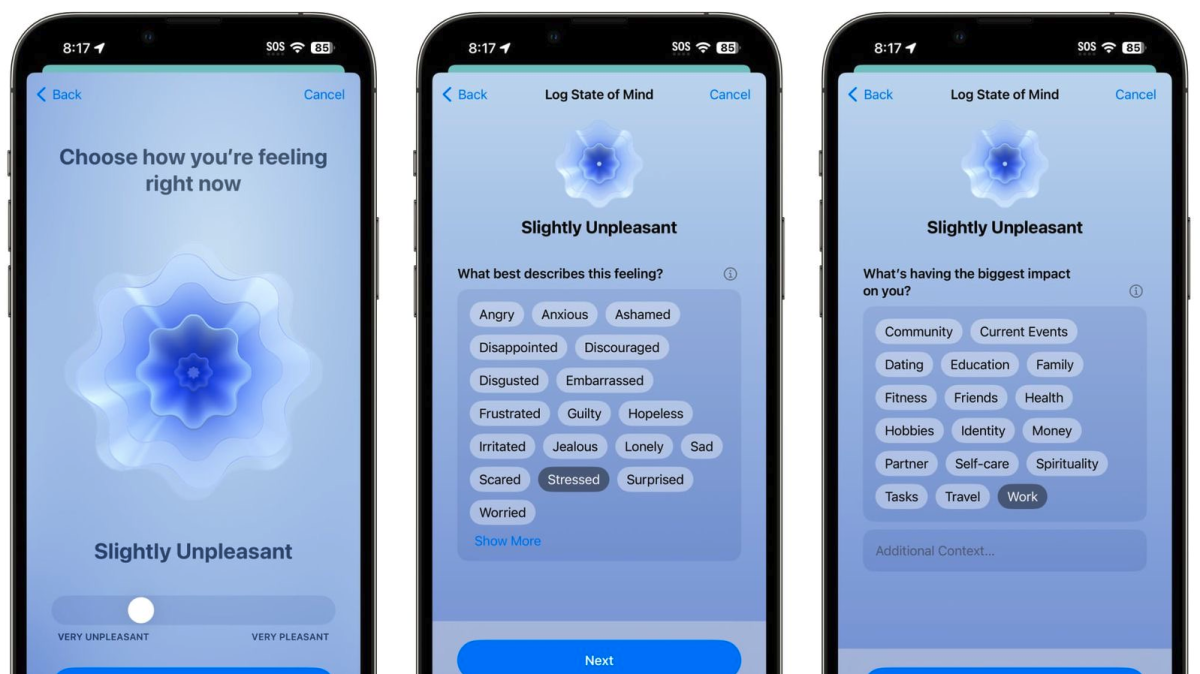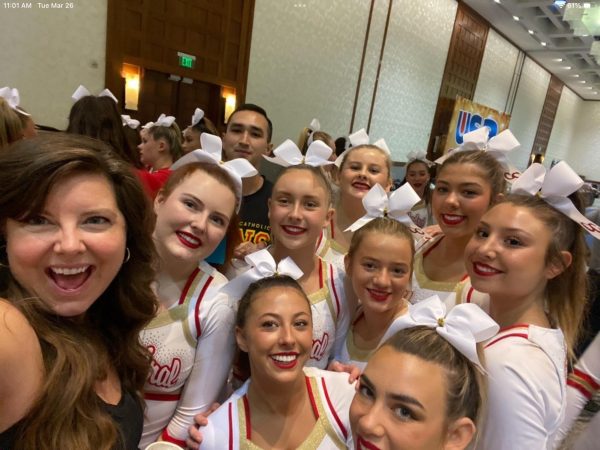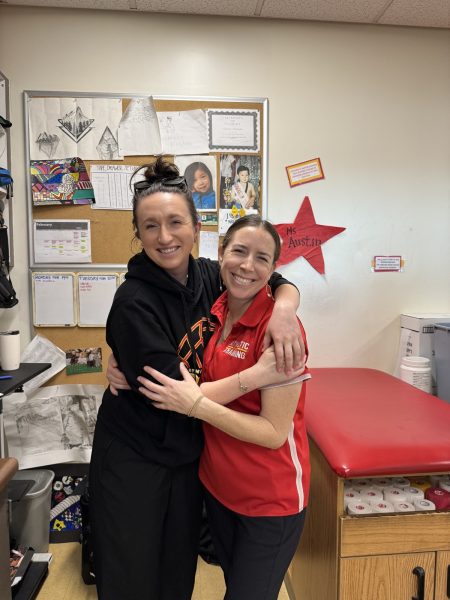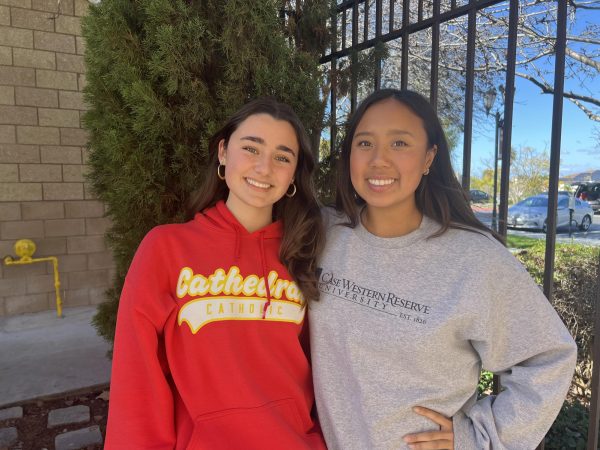What’s In This?
October 22, 2021
Reading labels, and searching for safe ingredients puts some students in a spiral when choosing what to eat. Despite the various food options for students at Cathedral Catholic High School to choose from, those who are faced with dietary restrictions are substantially limited in their options.
CCHS has a vast handful of students who are limited in the food they can eat from the campus cafeteria. Lily Lingham, a sophomore at CCHS, and Michaela Rios, a senior at CCHS, have both faced restrictions for most of their life.
Since the age of four, Lingham was told to avoid gluten heavy foods. Growing up, and even now, she always felt that her schools lacked inclusivity for people who faced similar problems.

(Lily Lingham)
Lingham describes her restriction as, “Frustrating, but manageable after a long period of time.”
After years of managing the situation, Lingham wasn’t surprised that CCHS was just as limited as her middle school. The school still provides options that are gluten free friendly, but many of these do not make up a complete meal.
Her usual purchases at school include: “A fruit parfait, salad, and sometimes fries, but all of those usually contain sides that contain gluten.”
Lingham is often forced to throw out parts of food when she chooses to buy at school. However, she also understands that attempting to add food products for every person on campus can come with a hefty price tag.
She says, “I would rather have the majority of my peers continue to enjoy food, than have the school waste their money for an additional meal.”
Her biggest concern is that some products don’t disclose what they contain, and even if they aren’t made with gluten, they can still be made in a facility containing the product.
During Sophomore September, Lingham was left guessing some days if the treats provided were safe to eat, causing her to miss out on the Wednesdays they were served. “Having things for everyone” is the best way “to build inclusivity within our grade.”
She adds, “It’s always weird when you bring your own food, or people ask why you don’t want the food you can’t eat.”
But, allergies to foods are not the only thing stopping some students from buying school lunches.
Rio’s decision to become vegan opened her up to what she considered healthier options, but left her questioning her school lunches.

(Michaela Rios)
Rios searches for different ingredients everyday, but she faces the same challenge as Lingham. Being a vegan opens up her options, however main meals at lunch are usually off limits.
She explains, “I don’t have very many options to get food when I want it, making me very limited.”
Unlike Lingham, Rios does not have to worry about facilities contaminating food with things being made around it. Lingham mentioned that some products that don’t directly have gluten, can still be cooked in gluten contaminated areas. Rios’ only concern is what the meal is made with, not what’s made around it.
